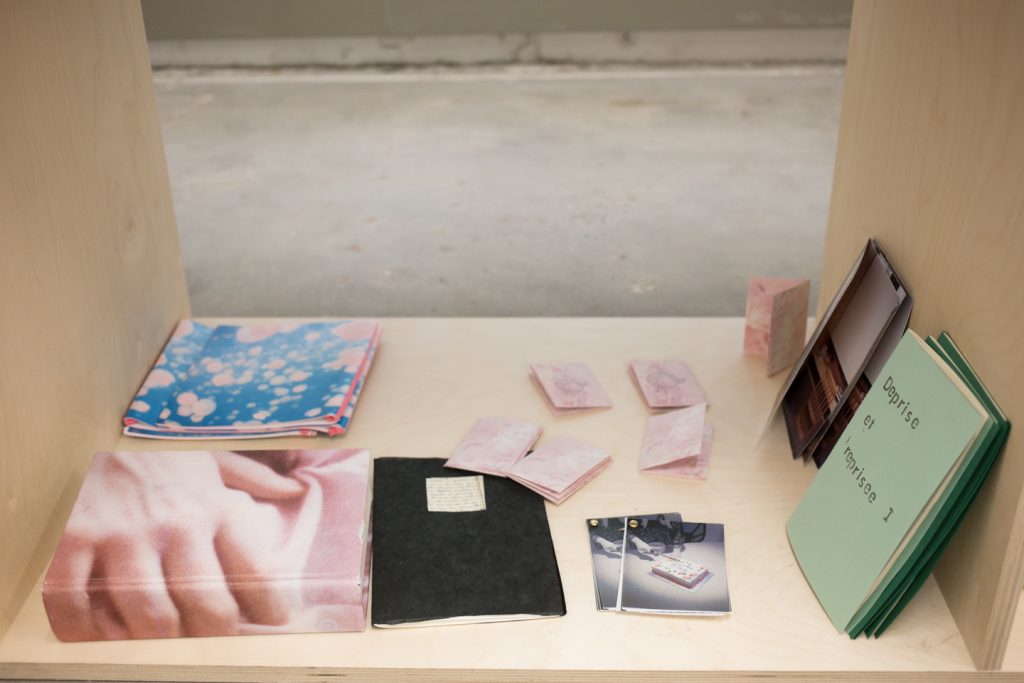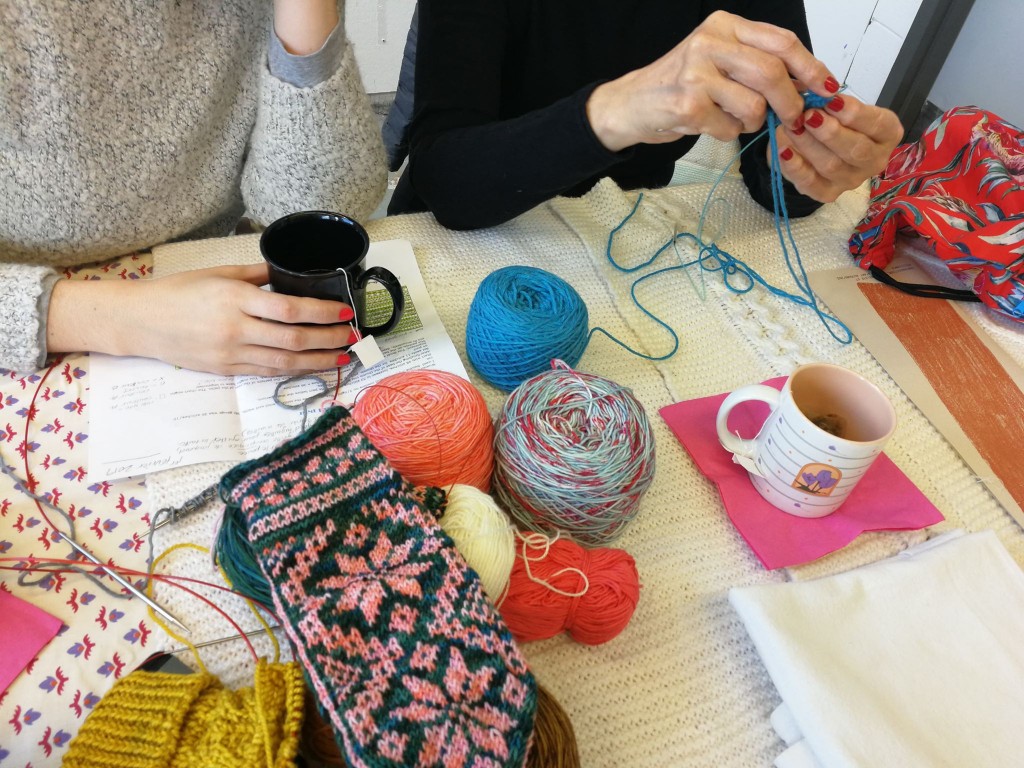My books, videos, installations, and web projects are inspired by the zine counterculture and offer resistant representations through their content, as well as through the economy of means I use to create and distribute them. In the daily creation of objects, I find refuge and a sense of community. The DIY (Do It Yourself), when paired with a desire to create with limited resources and a rebellious spirit, can uniquely contribute to the expression and invention of identity.
As an artist, utilizing this economy of means allows me to resist a certain image of the professional artist. Crafting and producing objects that are inexpensive to create and distribute offer me almost infinite possibilities to tell my multiple and fractured stories and, most importantly, to share them freely with a large number of people. If the dominant language, that of the unified narrative, lacks the vocabulary and narrative structures necessary to express the perspectives and experiences of certain subordinate social groups, members of these groups have no choice but to develop counter-discourses to accurately express their experiences and those of their community members.
The discomfort caused by public knitting (in classrooms, conferences, public transportation) reflects the discomfort that can be caused by the singular expression of oneself through deconstructed narratives. Chattering in public provokes the same kind of unease in public spaces since it involves an act of saying too much, akin to showing too much. Public knitting, like chatting, involves revelation, but through action.
Thus, to reclaim their own self-narratives and escape the oppressive representations of stereotypes, many marginalized individuals have attempted, through art and craft, to take their place in the public arena and reweave their stories differently. Like these artists, crafters, knitters, I try to weave the thread of my stories differently, intertwining archives, small works, discussions, hidden and revealed.

